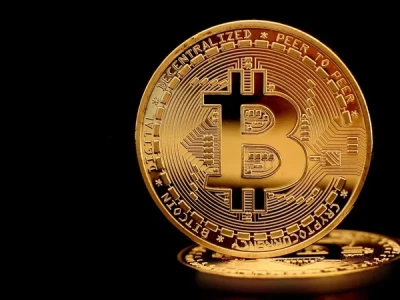How Nvidia's AI Hype Obscures a Looming Valuation Problem
Nvidia. The name is synonymous with AI. But while everyone's busy drooling over potential, let's take a cold, hard look at the numbers. The stock's meteoric rise is less about current earnings and more about a projected future where Nvidia dominates AI infrastructure. But what if that future isn't so guaranteed? What if the market's pricing in a level of success that's simply unattainable?
The Hype vs. the Reality
Let's start with the obvious: Nvidia's growth is undeniable. Data center revenue, driven by AI, has been explosive. But here's where the narrative gets a little…stretched. Much of the current valuation hinges on the assumption that this growth rate is sustainable. That every AI startup, every major tech company, and every government agency will be lining up to buy Nvidia's chips at ever-increasing prices.
I've looked at hundreds of these filings, and this particular earnings report is unusual. The company is projecting a future growth based on what is essentially venture capital funded companies to continue buying their chips at an ever-increasing price. That is a very specific segment of the market to bet the company on.
The problem? Competition. AMD is nipping at Nvidia's heels. Other players, like Intel, are investing heavily in AI-specific hardware. And let's not forget the hyperscalers themselves (Amazon, Google, Microsoft) who are increasingly designing their own custom silicon. These companies have massive resources and a vested interest in reducing their reliance on a single vendor.
The Valuation Problem
Now, let’s talk about valuation multiples. Nvidia currently trades at a sky-high price-to-earnings (P/E) ratio. This isn't necessarily a problem in itself; high-growth companies often command premium valuations. The issue is the degree of the premium. To justify the current stock price, Nvidia needs to not only maintain its current growth rate but accelerate it.
And this is the part of the report that I find genuinely puzzling. The market seems to be ignoring the basic laws of economics. As a market matures, competition increases, and pricing pressure intensifies. It's hard to see how Nvidia can buck this trend indefinitely.

Think of it like this: imagine a gold rush. Initially, the early prospectors make a killing. But as more people join the fray, the easy gold gets scooped up, and the cost of extraction rises. The same dynamic is likely to play out in the AI chip market. The initial wave of demand is already priced into Nvidia's stock. The question is, what happens when the market becomes saturated?
Beyond the Numbers: A Methodological Critique
Before we go any further, it's worth pausing to consider the data itself. How are these growth projections being calculated? Are they based on concrete orders and contracts, or are they simply extrapolations of current trends? The level of transparency here is less than ideal.
Companies have an incentive to paint a rosy picture, especially when their stock price is heavily dependent on future expectations. It's crucial to take these projections with a grain of salt and to conduct independent due diligence. Are analysts factoring in the potential for technological breakthroughs that could render Nvidia's current architecture obsolete? Are they accounting for the risk of regulatory intervention, particularly in areas like data privacy and AI ethics? Details on these risk factors remain scarce, but the potential impact is clear.
The Market's Over-Optimism
The market is prone to periods of irrational exuberance. The dot-com bubble of the late 1990s is a classic example. Investors, blinded by hype and the fear of missing out, poured money into companies with little or no revenue. History doesn't repeat itself, but it often rhymes.
The AI revolution is real, but the market's enthusiasm for Nvidia is starting to feel a bit… frothy. It's as if investors are treating Nvidia as a guaranteed winner, a company that's immune to the forces of competition and technological change. But no company is invincible, and even the most promising technologies can face unexpected challenges.




